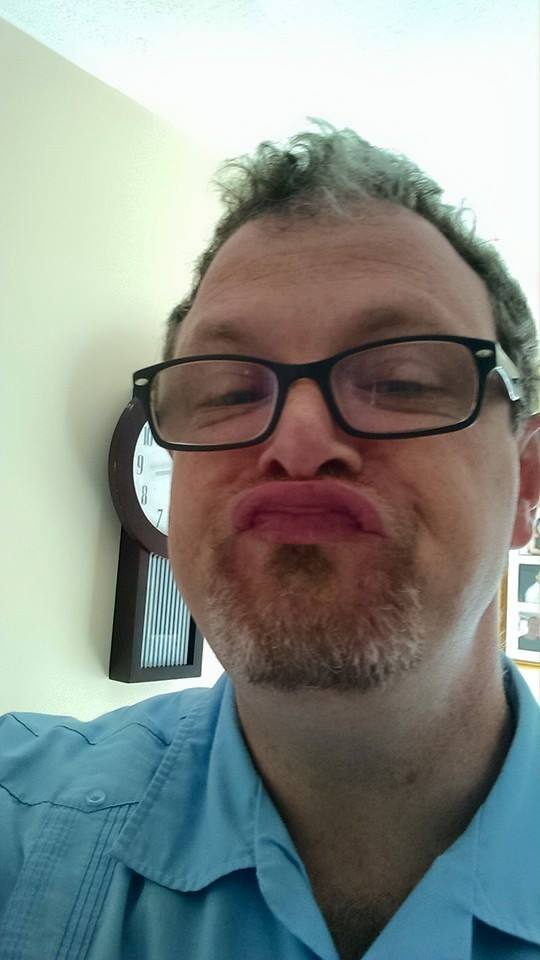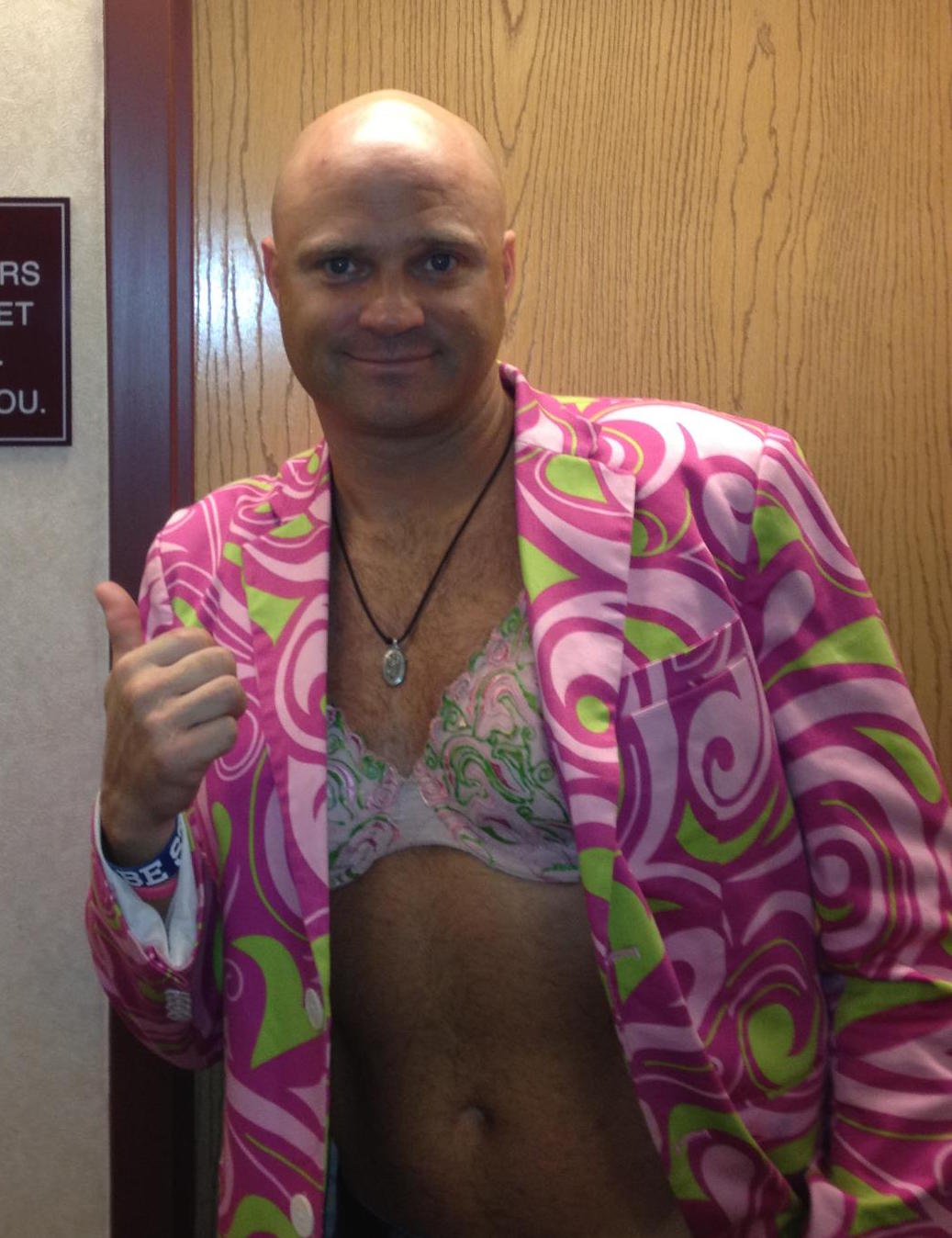Your Linkedin Profile Picture tells the world two things. 1) You exist, and you look like that.
2) Other stuff - real, and implied. That's the one you've got to think about.
Shall we take a look at some of the types of LinkedIn Profile pictures.
"The Duck Lip / Kissy Face"
Description: It's you, making Duck Lips. Or a Kissy Face.
What it says about you: You're worried about wrinkle lines, and you think this is the best way to show off your great skin. It also says that you don't take professionalism seriously. And, that, you are very proud of your lips.
"The Car Selfie"
Description: I'm amazed how many of these I see on LinkedIn. Taken in the car, behind the wheel, potentially in the midst of traffic. Often also shows a portion of your arm.
What it says about you: You believe you're having a good hair day (doesn't what I have left look great?). And that, often, you neglect to buckle your seat belt in the name of beauty, so you're okay with incurring two points against your driver's license. Besides, a ten car pileup behind you is okay so long as you look goooooooood.
"The Glamour Shot / Showing off the Goods"
(Note: Thank you to Dusty Showers for graciously sharing this photo of himself! Dusty has a charity called the 2nd Basemen - http://the2ndbasemen.org/, which provides financial support to victims of breast cancer. The look is his trademark. It's a great cause, please provide Dusty your support!)
Description: A photo that shows lots of cleavage. Or is otherwise kinda sexy.
What it says about you: Showing off your assets is important to you. And it's giving potential employers something more to look at than just your work history.
"Out and About"
Description: Picture that has nothing to do with work. It could be taken at the ballgame. Or at a corporate party. Or drinking mojitos on South Beach. Often, it's not even in focus.
What it says about you: More than you'd like. It's usually a candid shot of some sort, where you're not at your best. Often there are parts of mystery bystanders in the shot (arms / heads / etc.).
Final thoughts: Your picture on LinkedIn can tell people you are a consummate professional - or something else. Try to avoid the "something else". Spring for a professional portrait for your LinkedIn Profile picture. If that's out of your budget, and your company took a portrait of you, ask if you can download that one, and stick it in your LinkedIn profile.
Scott Singer is the President and Founder of Insider Career Strategies Resume Writing & Career Coaching, a firm dedicated to guiding job seekers and companies through the job search and hiring process. He is a Human Resources professional and staffing expert with almost two decades of in-house corporate HR and staffing firm experience, and is a Certified Professional Resume Writer (CPRW) and Certified Professional Career Coach (CPCC).
Insider Career Strategies provides resume writing, LinkedIn profile development, and career coaching services, including a free resume review. You can email Scott Singer at scott.singer@insidercs.com, or via the website, www.insidercs.com.







